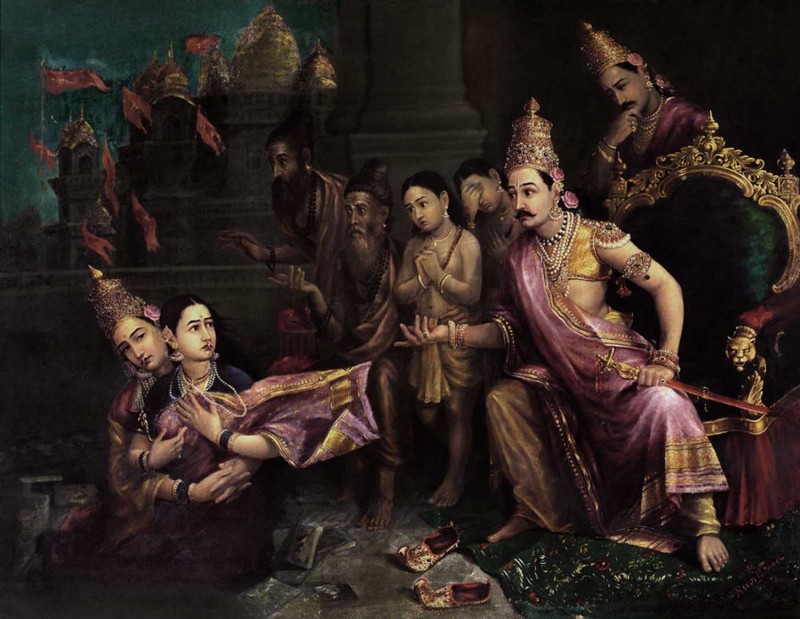Review of Kanchana Sita, written by S Nair in 1958 (Malayalam) and translated by Vasanthi Sankaranarayanan
Recently I read “Kanchana Sita” or the Golden Sita, a play written by C N Sreekantan Nair. Published in 1958, in Malayalam and then translated into English by Vasanthi Sankaranarayanan, the play is a revelation of sorts of the bold manner in which playwrights questioned existing logic and never hesitated in shining a torch on the feet of clay of many celebrated heroes from popular epics.
In an epic that revolves around the journey of Rama, Nair focuses his attention on Urmila, Lakshman’s wife and Bharat, the faithful brother—interestingly both get the short shrift in the original version. Also then as now, while Bharat does find a place in the collective memory and draws adulation for his actions, Urmila is largely relegated to the footnotes.
However Nair’s Urmila is a different character. She, in the 14 years she spent without her husband has become an expert on the scriptures. She speaks her mind always and has no compunctions in standing up to Rams if she doesn’t agree with his ways. Rama too respects her for her knowledge and her ability to stand up to him.
Bharat is portrayed as a rebel, who questions Rama for banishing Sita. He leaves the kingdom in protest, returning only to challenge his elder brother for his unjust actions. The play marks the time of the Ashwamedha Yagna, prompted by Sage Vasishtha, who is seen as a shrewd manipulator, often moving the heroes of the epic on a chessboard to benefit Brahmins.
Urmila and Bharat question Ram and his decisions, first that of banishing Sita when she was pregnant and later when Vashishta suggests that Ram should get remarried as a queen was a necessity for the Yagna. The play has sharp political overtones, questioning the growing brahminical stronghold over society, Ram’s sense of dharma and his fabled Ram Rajya.
Such questioning was the very nature of playwrights then as it is in many cases even today. We have plays that challenge the dominant narrative on nationalism and patriotism, that question our treatment of women and some that take on the vilification of some sections of society.
At the time that Nair wrote his play (1958), Brahmins were a growing force. Their word was considered law, but at the same time, India was a newly independent nation. And consequently there was an alternative narrative of equal rights and freedom for all sections of society also playing out in the mainstream media. This is perhaps the perspective that powered Nair’s reading of the epic and his play.
For instance, the Shambooka Vadh (the killing of Shambooka, a lower caste who aspired to master the Vedas) commands his attention, but his portrayal of the same is subtle, letting the injustice of it all infuse the characters and their relationships with Rama rather than make this a direct attack on the hero.
In its introduction the play has been described, as “an indictment of bloodless statecraft and the decadence of democracy into sheer mob power: the majority can’t be wrong as in the case of Ayodhya’s people, when they are led by suspicion and hatred.” Words that ring true even today.
NAME OF THE BOOK: Retelling the Ramayana, Voices from Kerala
PUBLISHER: Oxford
YEAR OF PUBLICATION: 2005
PRICE: Rs. 495
IMAGE: Sita bhoomiprvaesh by Raja Ravi Varma
REVIEW BY: Utkarsh Patel
Read how another unsung epic hero got his due in literature: Bhima – Lone Warrior
